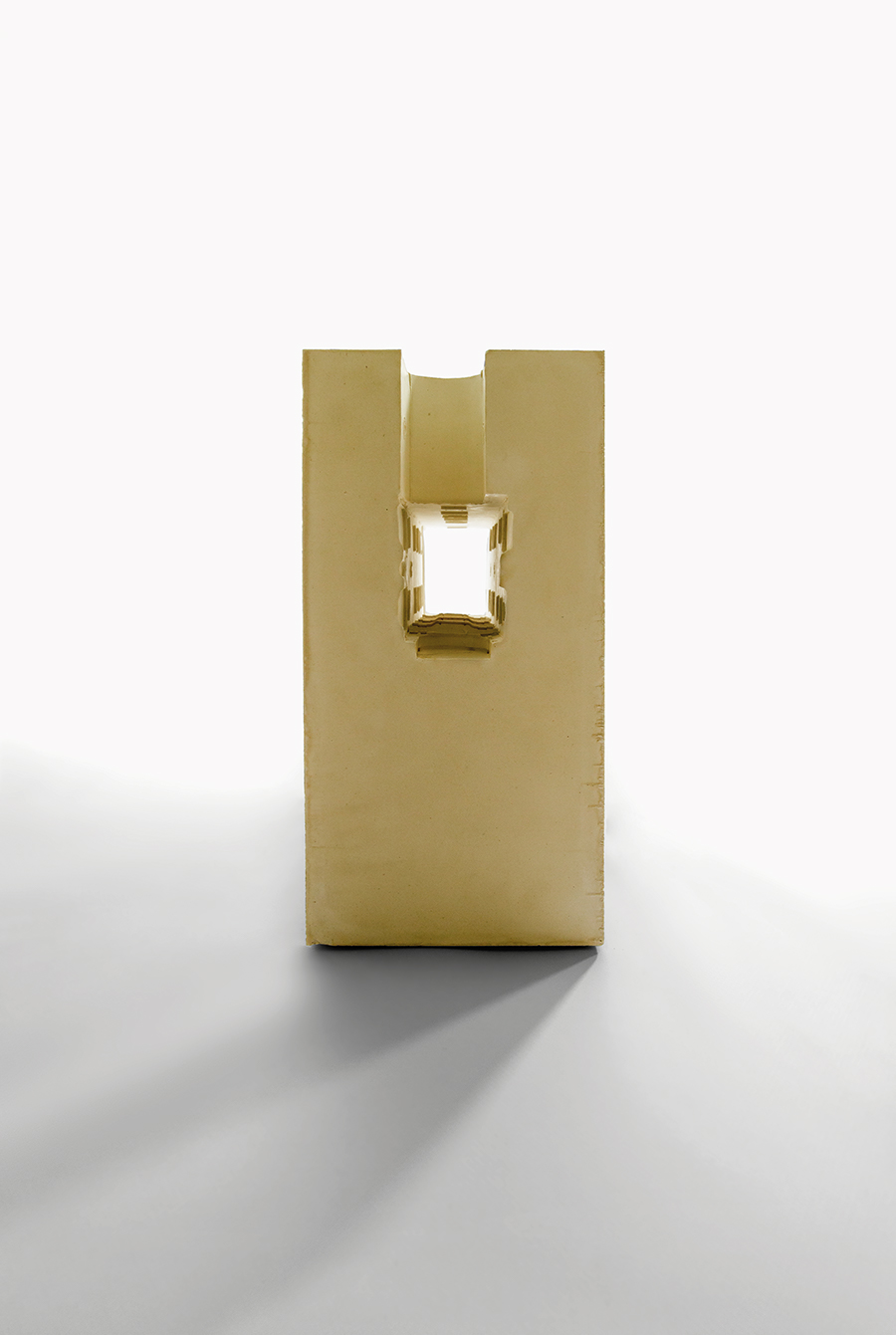

Staircases like those of via Salvator Rosa 108 and Palazzo Mastelloni (1732-34), also by Tagliacozzi Canale, show inventive adaptations of the grander examples to more modest contexts. Ingenious planimetric variations were needed in order to fit the symmetrical double staircase into the narrowest courtyards—a mere 6,5 metres in the case of Mastelloni. A fundamental alteration of this type emerged when the architect gave up the double staircase motive altogether. Sometimes, he suggested symmetrical stairs, as in Palazzo d’Aflitto (c1750), where the unknown architect had the ground floor flights leaving in both directions, one of them false, and hid the single helicoidal stair behind a narrow, but impressive symmetrical façade.
In some of the narrower courtyards the façade all but disappears: what is left is a series of landings and flattened segmental arches on side pilasters or consoles. Completely open, it allows whatever sunlight to penetrate deep into the staircase. But its reverse effect is at least as important: in Palazzo Mastelloni, for instance, the large openings create a fundamentally different relationship between courtyard and stairs.
Some staircases combine the ‘open’ double staircase solution of Mastelloni with single revolution stairs, as is the case in the stairs of the palazzi in via Atri 3 and in via Costantinopoli 33, both for unknown clients. In each case three flights of stairs revolve around a central well flanked by columns and arrive on landings completely open to the courtyard. As in the previous staircases, a sense of scenography is combined with strict economical means of décor and material.